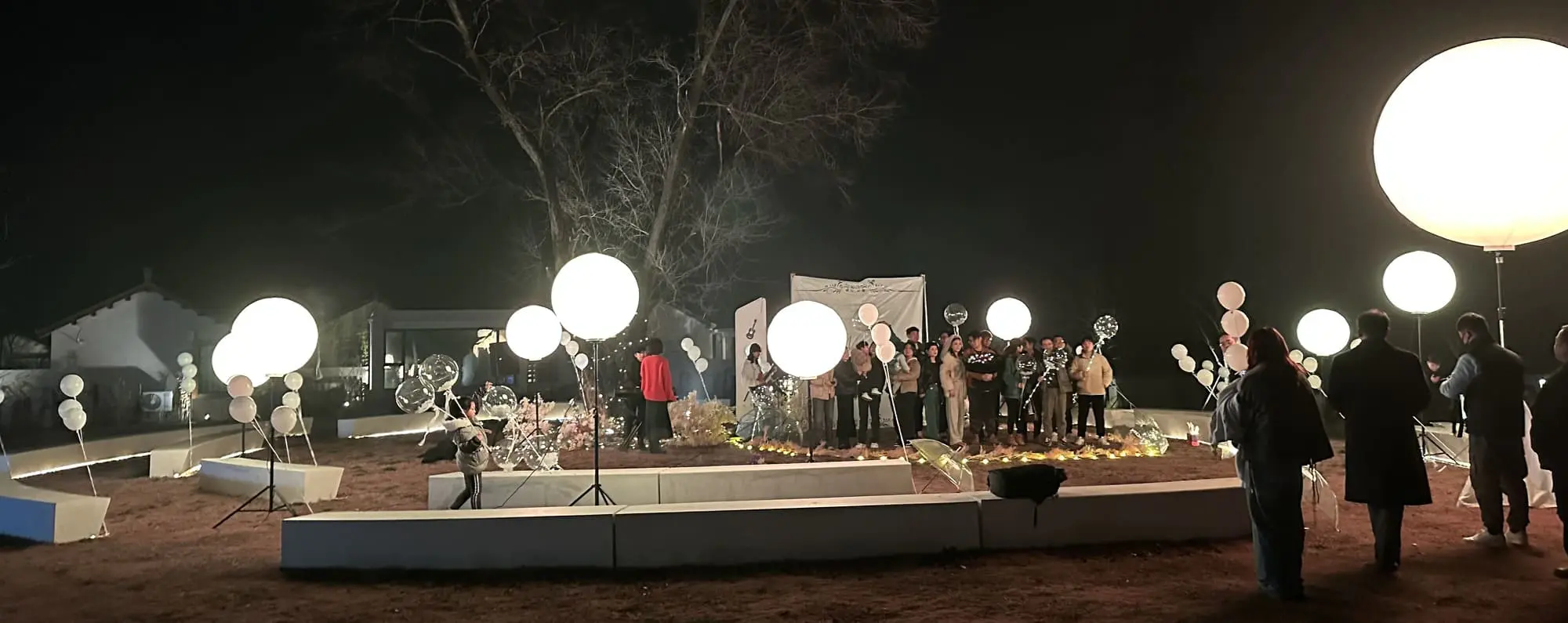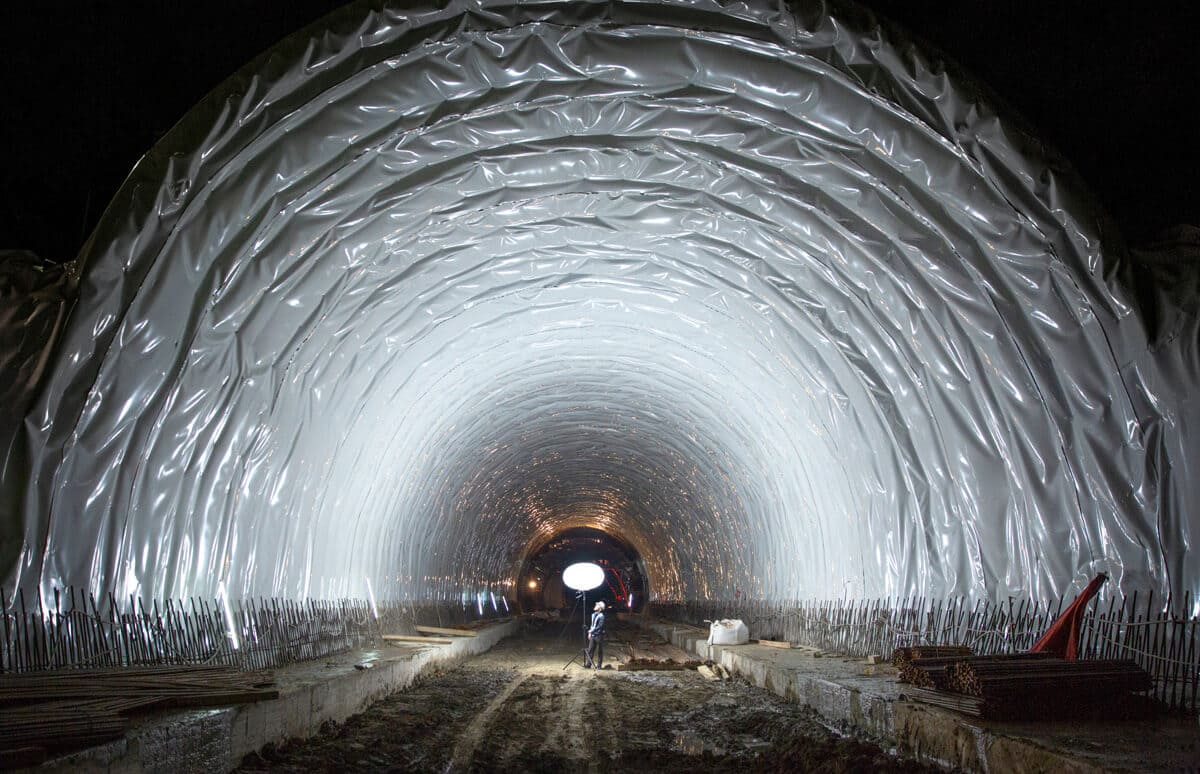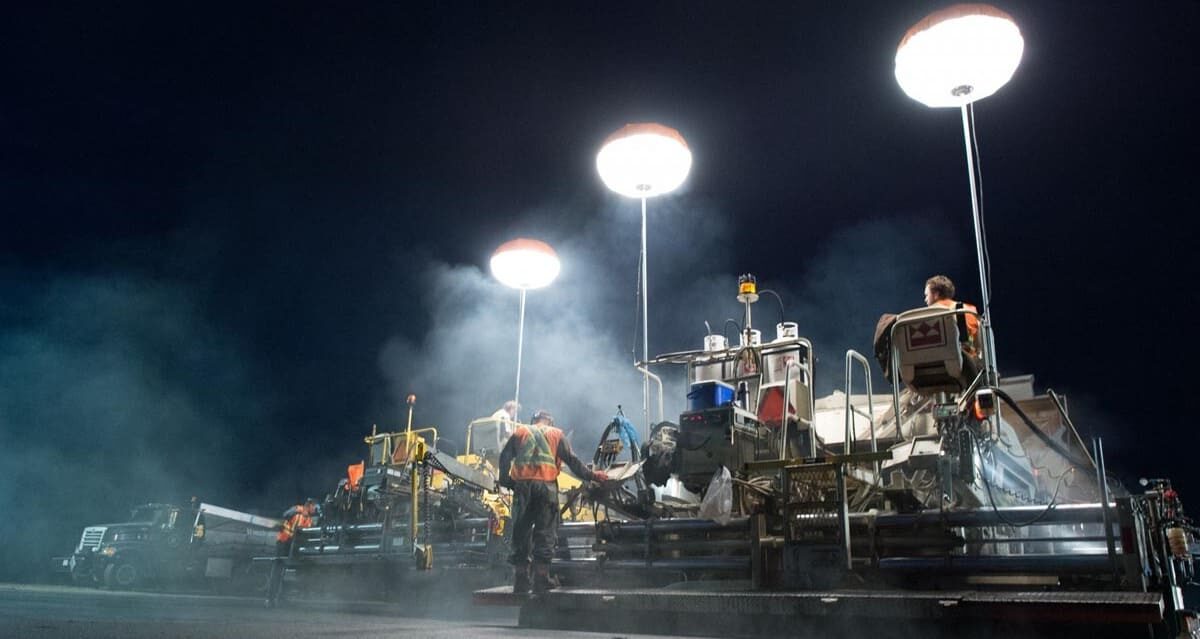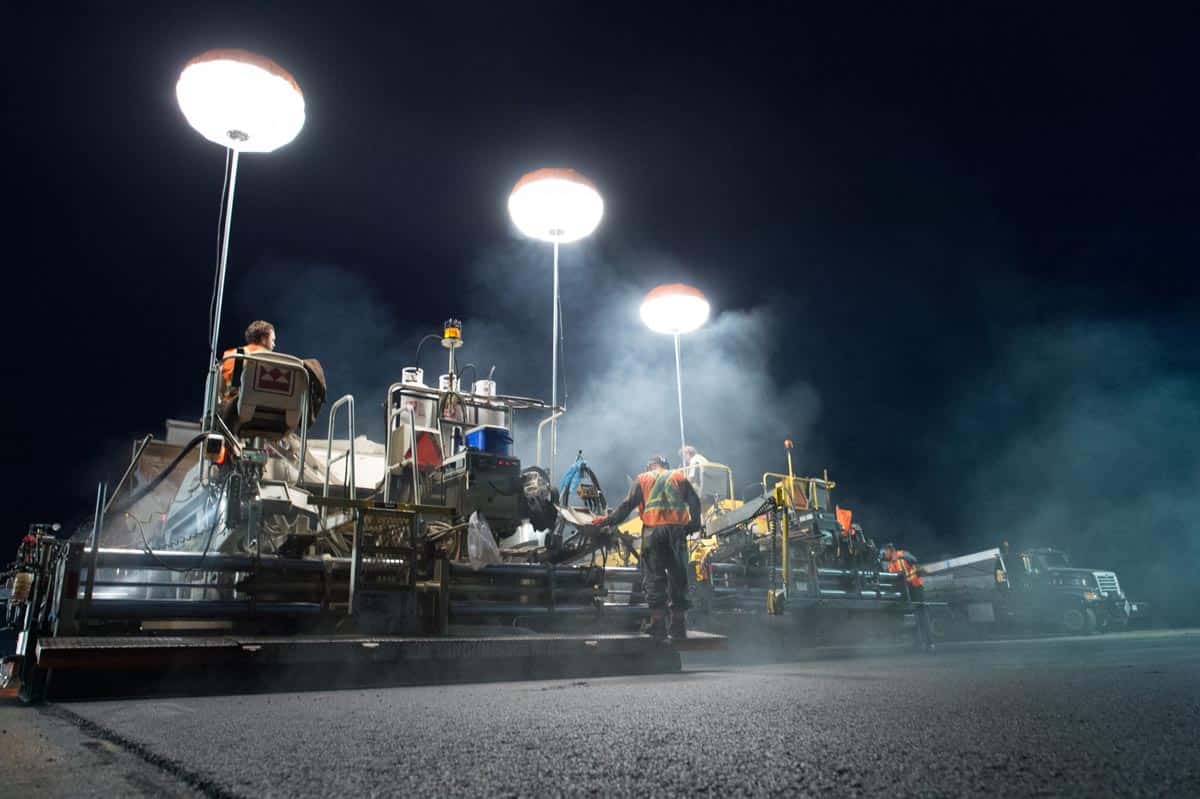Cost is king in tendering—if your solution is too expensive, it won’t even be read.
Balloon light towers1 are cost-effective for tender-based projects because they reduce energy use, setup labor2, maintenance, and transportation costs—while meeting all technical and safety specs.

In tenders, pricing isn’t just about the purchase price. Evaluators look at the total cost of ownership3. That includes fuel, manpower, transport, durability4, and maintenance. Balloon light towers1 offer major savings across all of these. They are not only technically compliant, but they also help your bid stand out by offering real, long-term cost value5—something decision-makers love.
How Do Balloon Towers Reduce Energy Costs?
High energy bills can kill a project's budget—fast.
Balloon light towers1 use energy-efficient LED systems6 that reduce power consumption by up to 70% compared to metal halide towers, cutting operational costs in long-term tenders.

Tenders often ask for eco-friendly, energy-efficient solutions—especially in infrastructure, public works, or government projects. Balloon towers use high-lumen LED modules7 that produce strong light while consuming very little power. Whether connected to a generator or a battery system, they use fewer watts per lumen. This reduces daily fuel use, lowers emissions, and helps meet energy performance targets8 in sustainability-focused bids.
Energy Efficiency Comparison
| Lighting Type | Power Use (Watts) | Lumen Output | Efficiency (lm/W) |
|---|---|---|---|
| Metal Halide | 1000–1200 | 80,000 | ~70 lm/W |
| Halogen | 1500+ | 30,000 | ~20 lm/W |
| LED Balloon Tower | 400–600 | 80,000–100,000 | 140–160 lm/W |
Energy savings aren’t just good for the environment—they also make your bid more attractive during financial evaluation.
How Do They Cut Down on Labor Costs?
Fewer hands, faster setup—lower cost.
Balloon towers reduce labor costs9 because they can be deployed by one person in minutes, with no tools or special training required.

Setup time is often a hidden cost in projects. Traditional towers may need two or three workers, heavy lifting, and 20–30 minutes to become operational. Balloon towers inflate automatically and can be up and running in less than five minutes. You don’t need multiple technicians or even tools. One worker can do it alone. When this efficiency is mentioned in your bid, it shows cost awareness and readiness for tight project timelines.
Labor Efficiency Table
| Factor | Traditional Tower | Balloon Light Tower |
|---|---|---|
| Setup Time | 20–30 minutes | 3–5 minutes |
| Crew Required | 2–3 people | 1 person |
| Tools Needed | Yes | None |
| Risk of Injury | Higher (heavy lifting) | Very low (lightweight) |
Reducing labor directly lowers your overall cost per project phase—something public evaluators notice immediately.
Why Are Maintenance Costs Lower with Balloon Towers?
Less maintenance means fewer headaches—and fewer losses.
Balloon towers have fewer moving parts, long-life LEDs, and sealed systems, which reduce failure points and ongoing maintenance needs.

One of the most underestimated costs in long-term tenders is equipment upkeep. Towers that need constant repairs, bulb changes, or weather protection drive up costs. Balloon towers solve this with rugged construction, sealed components, and LED cores that can last over 50,000 hours. There are no bulbs to replace. No motors to oil. If something needs attention, it’s easy to access. This makes your project more predictable—and your bid more appealing.
Maintenance Cost Factors
| Cost Area | Traditional Tower | Balloon Tower |
|---|---|---|
| Bulb Replacement | Frequent (glass bulbs) | None (LED module) |
| Weather Damage Repair | Common | Rare (IP65 sealed) |
| Parts Accessibility | Complicated | Simple, tool-free |
| Downtime Loss | High | Very low |
Stable performance means fewer disruptions—and fewer financial risks for the buyer.
How Do Balloon Towers Save on Transport and Storage?
Big lighting usually means big logistics—balloon towers change that.
Balloon light towers1 save on transport because they’re compact, lightweight, and fit into small vehicles, removing the need for trucks or forklifts.

Transportation is a line item in many tenders—especially multi-site projects. Traditional towers are heavy, bulky, and need trailers or forklifts. Balloon towers weigh less and collapse into small cases. They fit into vans or even car trunks. This saves fuel, avoids extra rental costs, and simplifies movement between locations. It also helps if the tender includes mobility as a scoring point—which many do for emergency, roadwork, or event lighting projects.
Transport Comparison Table
| Transport Factor | Traditional Tower | Balloon Tower |
|---|---|---|
| Vehicle Required | Truck or trailer | Car or small van |
| Weight (Approx.) | 300–800 kg | 20–40 kg |
| Setup Equipment | Lifts, stabilizers | None |
| Site-to-Site Mobility | Difficult | Very easy |
Better logistics planning often translates into better pricing—and stronger bids.
Conclusion
Balloon light towers1 are cost-effective for tenders because they reduce energy, labor, maintenance, and transport costs—helping you win on both technical specs and total project value.
-
Explore how Balloon light towers can enhance your tender proposals with cost savings and efficiency. ↩ ↩ ↩ ↩ ↩
-
Discover the significance of setup labor in project budgeting and how to minimize it. ↩
-
Understanding total cost of ownership can help you make more informed decisions in project bids. ↩
-
Learn why durability is a key factor in the long-term cost-effectiveness of lighting solutions. ↩
-
Find out why long-term cost value is crucial for winning tenders and how to present it. ↩
-
Learn about the technology behind energy-efficient LED systems and their advantages in reducing costs. ↩
-
Explore the advantages of high-lumen LED modules in providing efficient lighting solutions. ↩
-
Understanding energy performance targets can enhance your bids and align with sustainability goals. ↩
-
Learn strategies to effectively reduce labor costs and improve project profitability. ↩




